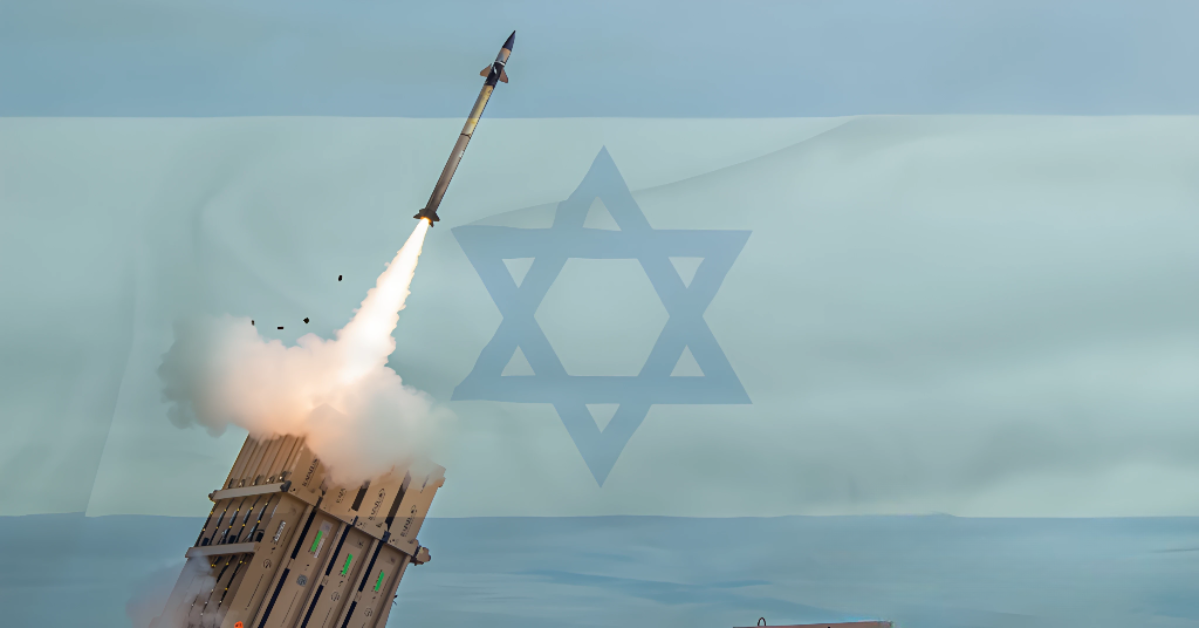The Iron Dome is the most famous short-range defence system of Israel that was specifically designed to intercept rockets, artillery shells, mortars, cruise missiles, and UAVs. Its achievements have been widely covered all over the world; however, a critical analysis still reveals certain limitations in aspects such as performance, cost, strategy, and expansion.
Interception Rates: Context Matters
Israel frequently cites a 90–96% interception rate. However:
- Selection Bias: Only projectiles predicted to hit populated or critical infrastructure are targeted. Many rockets land harmlessly and are excluded from effectiveness statistics.
- Independent Analyses: Critics, including missile-defence experts, suggest that actual warhead destruction rates during key engagements (such as in 2012 and 2014) may have ranged between 30% and 85%, depending on the conflict and reporting methodology.
- Tactical Considerations: Early interceptions of simpler rockets pushed down interception rates further; efficacy improved only after software, hardware, and tactical refinements.
Saturation and Supply Constraints
Iron Dome performs well against limited salvos, but:
- Saturation Threshold: During the October 2023 conflict, Hamas unleashed a massive barrage of rockets in rapid succession, straining the Iron Dome’s capacity and resulting in some projectiles breaching the defence system.
- Interceptor Capacity: Every launcher battery is armed with a full complement of 20 ready-to-deploy interceptors. If rockets exceed the interceptor supply, some get through. In 2012, shortages reportedly prompted early pauses in operations.
- Launch Redundancy: To ensure intercepts, multiple interceptors are sometimes launched per rocket, shortening the supply faster.
Economic Asymmetry
The financial disparity between attacking and defending remains significant.
- Interceptor Costs: Estimates range from $40,000 to $150,000 per Tamir missile.
- Attacker Costs: Hamas rockets cost anywhere from a few hundred to several thousand dollars each.
- Budget Strain: Regular interception of hundreds of rockets quickly amounts to millions in defence spending, raising questions about long-term fiscal sustainability.
Geographic Footprint & Coverage Limits
- Coverage Capacity: Each Iron Dome battery is designed to cover an operational zone of roughly 150 square kilometres, ensuring localised air defence capability. With 10–15 batteries, only the core regions are shielded.
- Unprotected Areas: Many rural zones, border regions, and surrounding territories remain outside its coverage footprint.
- Scaling Concerns: Expanding nationwide coverage—even within Israel—would require dozens more batteries and a vastly increased interceptor stockpile. Adapting this model to other countries could be cost-prohibitive.
Strategic & Political Dimensions
Iron Dome’s use reshapes conflict dynamics:
- Strategic Caution: By minimising civilian harm within Israel, the Iron Dome enables ongoing aerial campaigns with limited public opposition or criticism.
- Political Backlash: Perception of disproportionate retaliation—Israeli airstrikes paired with a strong defensive shield—can spark criticism from international political observers.
- Tactical Trade-offs: Reliance on the dome can delay or deter more decisive military campaigns, sometimes leading to conflicts resolved through attrition rather than swift resolution.
Technical & Tactical Limits
- Short-range Gaps: Mortars and rockets launched within a few kilometres, especially from low altitudes, are harder to detect and intercept.
- Adversarial Adaptations: Terror groups have altered rocket trajectories and employed drones or swarms to exploit vulnerabilities in their targets.
- Weather Effects: Heavy rain, dust, or fog can reduce radar clarity and interceptor performance.
Ongoing Enhancements & Future Directions
To close gaps and reduce costs, Israel is investing in complementary systems:
- Iron Beam: A high-powered laser offering near-immediate, low-cost interception (approx. $2,000 per shot). Still in testing, weather remains a key challenge.
- David’s Sling, Arrow 2/3: Complement Iron Dome with medium- and long-range missile defence layers.
- Naval and Mobile Variants: The C-Dome (sea-based) and vehicle-mounted I-Dome provide tactical flexibility.
Summary: A Balanced Perspective
| Strengths | Limitations & Risks |
| Proven defensive record under certain conditions | Reduced effectiveness under saturation/lots of launches |
| Lives saved and infrastructure protected | High interceptor costs vs cheap attacker munitions |
| Scalable architecture with tech upgrades | Limited geographic coverage |
| Dramatic strategic impact | Raising political/ethical debates |
Final Take
The Iron Dome is undeniably effective in intercepting select threats and symbolically powerful in protecting civilian areas. Yet its performance claims require context, especially regarding which projectiles are counted and how saturation scenarios unfold.
Moreover, cost inefficiencies and geographic limits highlight why it’s not a silver bullet. Its true potency lies within a layered defence strategy, complemented by newer technologies like Iron Beam and long-range interceptors.
In the end, to comprehend the Iron Dome means that one has to not only understand its technology, but also the intricate strategic, economic and political environment in which it functions, thus uncovering a defence system that is still strong, but not invulnerable.

No responses yet